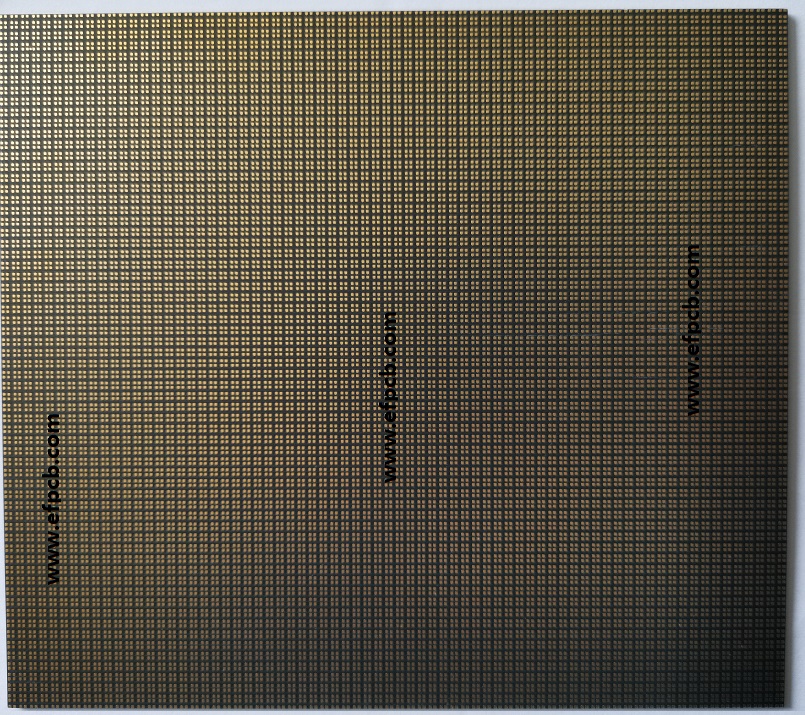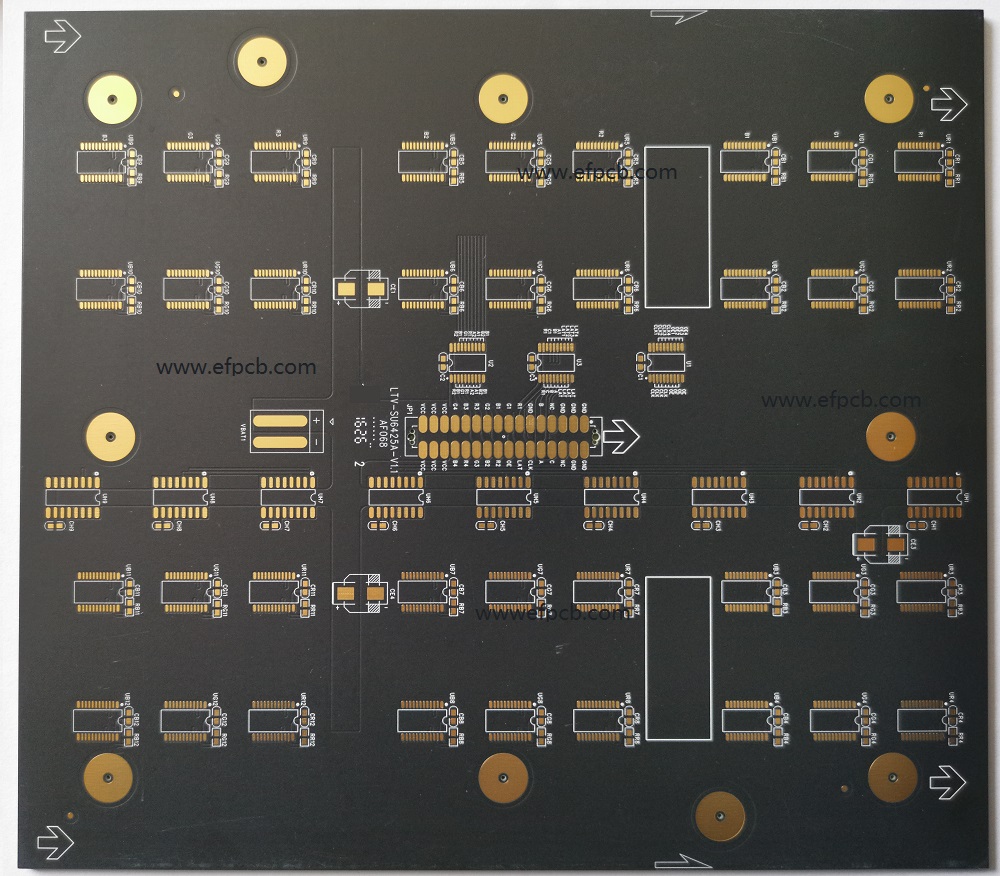Exploring the Advantages and Applications of HDI PCB Manufacturing


Keywords: HDI PCB Manufacturing
Printed circuit boards (PCBs) are a vital component of almost every electronic device. They provide the electrical connectivity necessary for these devices to function properly. As the demand for smaller and more complex electronic devices continues to grow, the need for HDI PCB Manufacturing is also increasing.
HDI PCBs are PCBs that have a higher density of components per square inch than traditional PCBs. This is achieved by using advanced manufacturing techniques to place components more closely together and to use smaller components. In this blog, we will explore the manufacturing process for HDI PCBs, the benefits of using them, and the industries that use them.
Manufacturing Process
HDI PCBs are manufactured using several advanced techniques that are not commonly used in traditional PCB manufacturing. Some of these techniques include:
- Laser drilling - Laser drilling is used to create smaller holes for vias and through holes. This technique uses a laser to drill the holes in the PCB instead of a mechanical drill. This allows for smaller holes to be created and for the holes to be drilled more accurately.
- Microvias - Microvias are small holes that are drilled into the PCB to allow for more connectivity between layers. Microvias are drilled using lasers, and they can be as small as 0.1mm in diameter. Microvias are essential in HDI PCBs because they allow for more connections to be made in a smaller space.
- Sequential lamination - Sequential lamination is used to create multilayer PCBs with more layers than traditional PCBs. In sequential lamination, each layer of the PCB is laminated separately before being combined with the other layers. This allows for more layers to be added without compromising the quality of the PCB.
- Plated Through-Holes (PTH) - PTH is a method of creating a hole in a PCB that extends through all layers. This is achieved by drilling a hole through the PCB and then plating the hole with a conductive material. PTHs are used in HDI PCBs to provide more connectivity between layers.
- Blind and Buried Vias - Blind and buried vias are vias that do not go through all layers of the PCB. Blind vias only go through a few layers, while buried vias are located in between the layers of the PCB. These types of vias are used in HDI PCB Manufacturing to provide more connectivity between layers without taking up as much space as through holes.
Benefits of HDI PCBs
HDI PCBs offer several benefits over traditional PCBs, including:
- Smaller size - HDI PCBs allow for more components to be placed in a smaller area. This makes them ideal for applications where space is limited, such as mobile devices.
- Increased functionality - HDI PCBs allow for more functionality to be packed into a smaller space. This is because the increased density of components allows for more connectivity between components.
- Improved signal integrity - The smaller size of HDI PCBs reduces the length of the signal traces, which can improve signal integrity. This is especially important in high-speed applications where signal quality is critical.
- Higher reliability - HDI PCBs are less susceptible to thermal stress than traditional PCBs. This is because the smaller size of HDI PCBs allows for better heat dissipation, which can improve the overall reliability of the PCB.
Industries that Use HDI PCBs
HDI PCBs are used in a wide range of industries, including:
- Consumer electronics - HDI PCBs are commonly used in consumer electronics, such as smartphones, tablets, and laptops. The smaller size of HDI PCBs makes them ideal for these applications, where space is limited.
- Medical devices -HDI PCBs are also used in the medical device industry. Medical devices require high levels of reliability and signal quality, making HDI PCBs a good choice for these applications. They are used in devices such as pacemakers, defibrillators, and insulin pumps.
- Aerospace and defense - The aerospace and defense industries require high-performance electronics that can withstand harsh environments. HDI PCBs are used in these applications due to their reliability, compact size, and improved signal quality.
- Automotive - Automotive electronics require high reliability and signal quality in a small package. HDI PCBs are used in applications such as infotainment systems, advanced driver-assistance systems, and electronic control units.
- Industrial - HDI PCBs are used in various industrial applications, such as factory automation and robotics. These applications require high-performance electronics in a compact package, making HDI PCBs a good choice.
The future of HDI PCBs is bright, as new technologies continue to emerge that will enable even more compact and powerful electronic devices. For example, the development of 5G technology is driving demand for smaller and more powerful mobile devices, which will rely heavily on HDI PCBs to achieve their high levels of functionality.
Additionally, the rise of the Internet of Things (IoT) is driving demand for more compact and efficient electronic devices that can connect to the internet and communicate with each other. HDI PCBs are well-suited for IoT applications, as they allow for more connectivity in a smaller space.
Conclusion
In conclusion, HDI PCBs are a critical component of modern electronics, enabling smaller, more powerful, and more reliable devices across a wide range of industries. As the demand for smaller and more complex electronics continues to grow, the importance of HDI PCBs will only increase. With continued advancements in manufacturing techniques and new technologies on the horizon, the future of HDI PCBs is bright, and we can expect to see these advanced PCBs continue to play a crucial role in the electronics industry for years to come.
HDI PCBs are an essential component of modern electronics. They offer increased functionality, improved signal quality, and higher reliability in a smaller package than traditional PCBs. The manufacturing process for HDI PCBs requires advanced techniques such as laser drilling, sequential lamination, and microvias. These techniques allow for more connectivity between components and layers, allowing for increased functionality in a smaller space. HDI PCBs are used in a wide range of industries, including consumer electronics, medical devices, aerospace and defense, automotive, and industrial applications. As the demand for smaller and more complex electronics continues to grow, the importance of HDI PCB Manufacturing will only increase.
- 1HDI PCB Market Outlook 2025: Future Prospects, Growth Analysis & Innovations
- 2HDI PCB Design Comprehensive Guide: Mastering High Density Interconnect Technology in 2025
- 3IC Substrate | Comprehensive Guide (2021)
- 4PCB core raw material CCL
- 5The Impact of Trump's Tariff Policy on Chinese PCB Industry and Countermeasures
- 6Top HDI PCB Manufacturers (2024)
- 7How to Make mSAP PCB?
- 8Understanding UL 94V-0 Flammability Rating for Printed Circuit Boards (PCBs)
- 9Top 10 IC Substrate Fabricators (2024)
- 10Probe Card PCB is A Significant Aspect of Semiconductor Wafer Test System

- Skype ID: shawnwang2006
- Phone No。: +86-755-23724206
- Email: sales@efpcb.com
- Quick Contact
